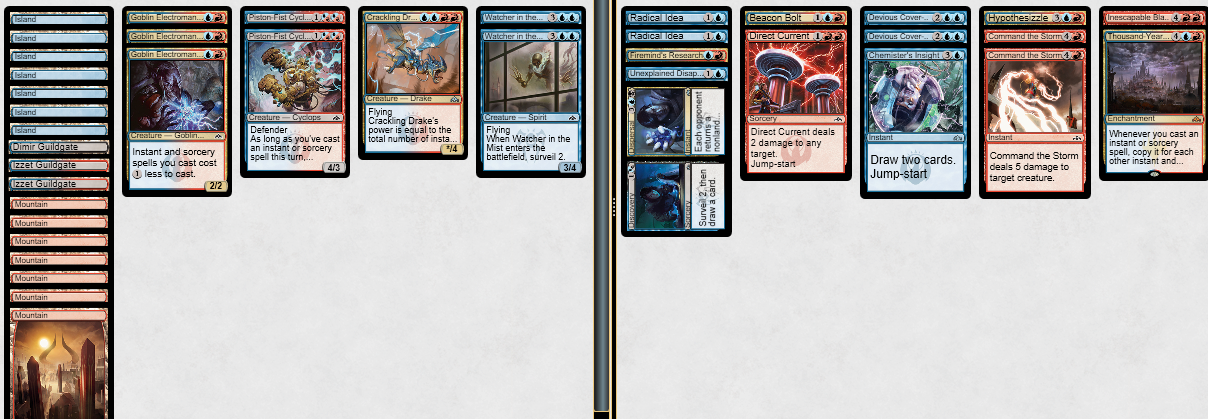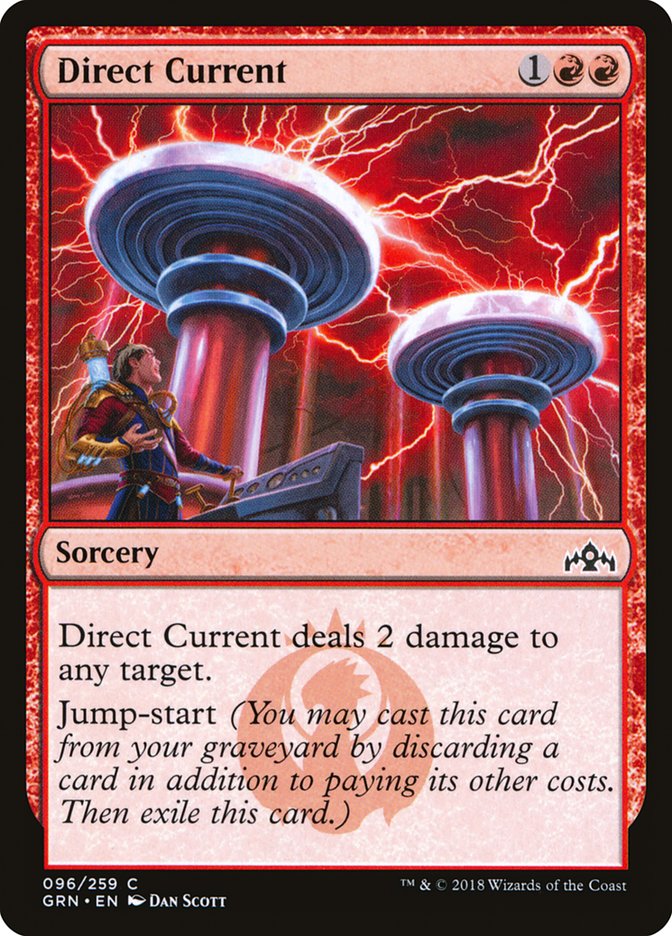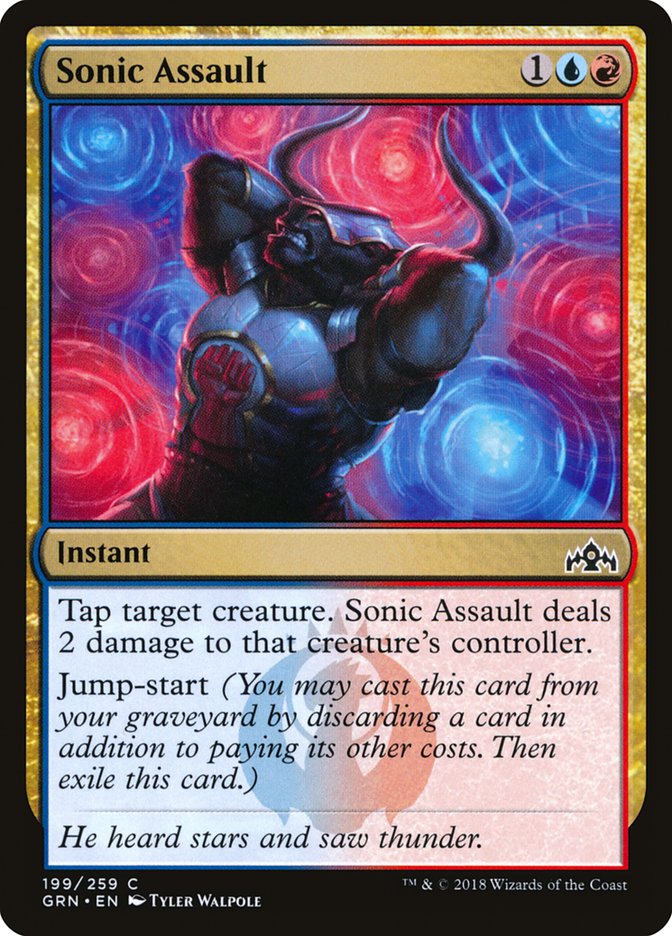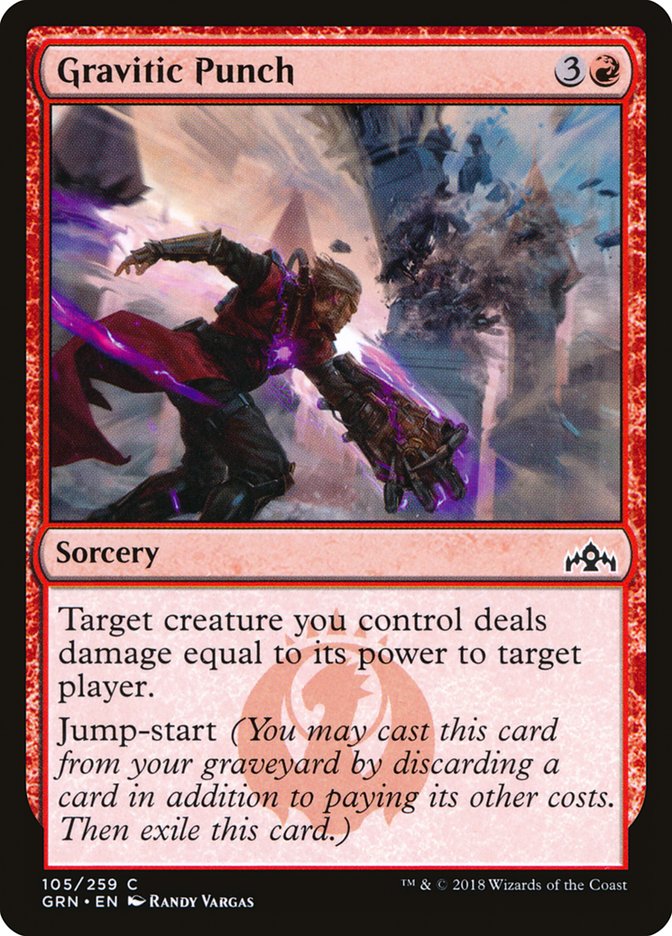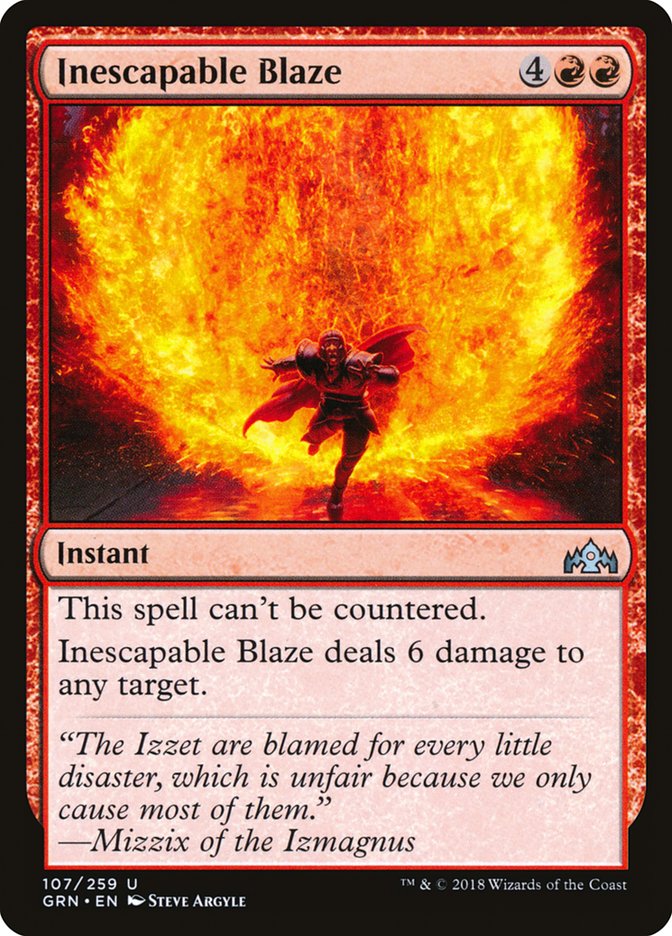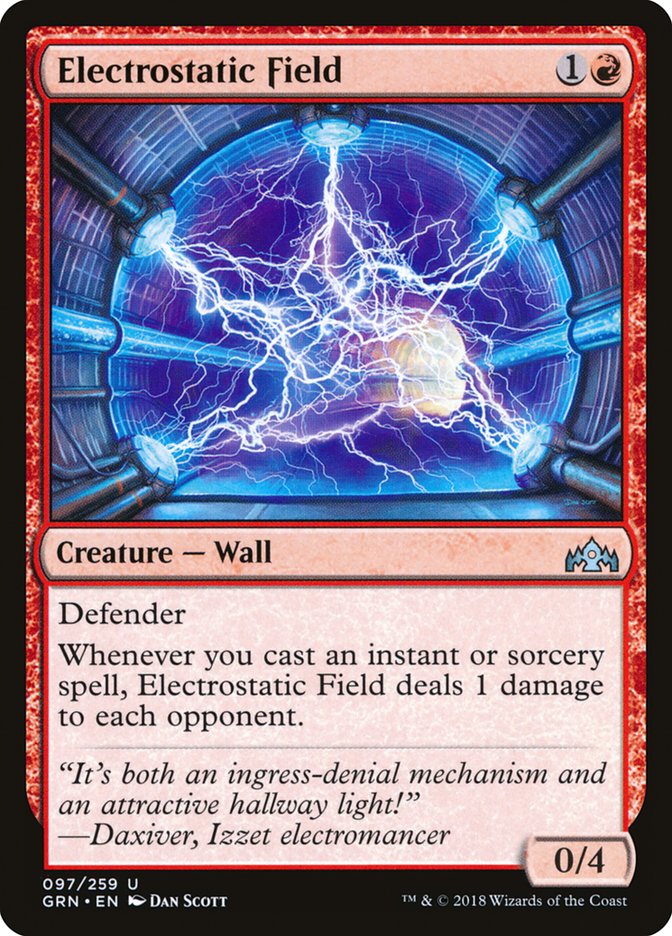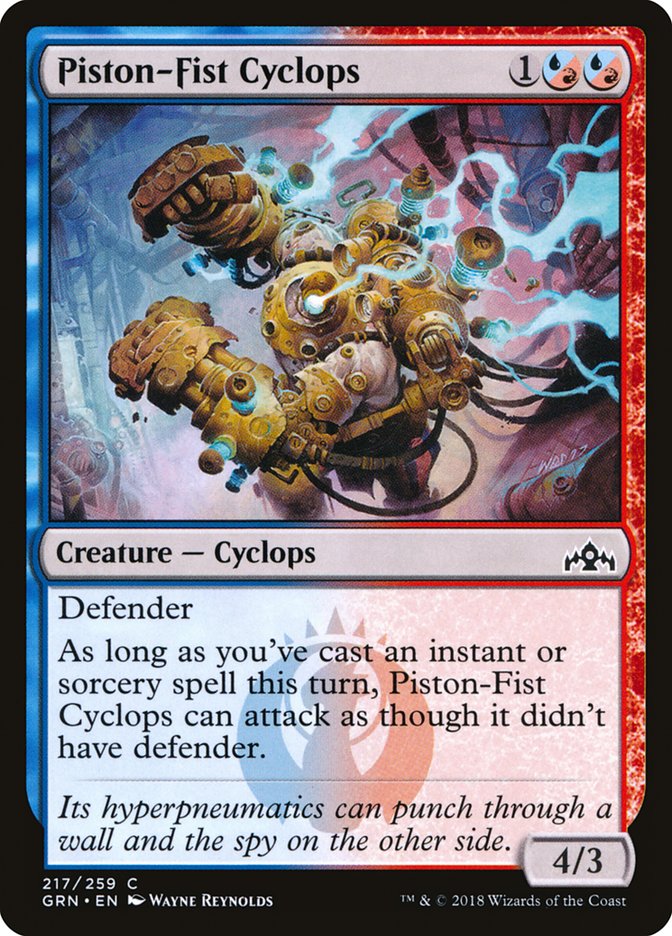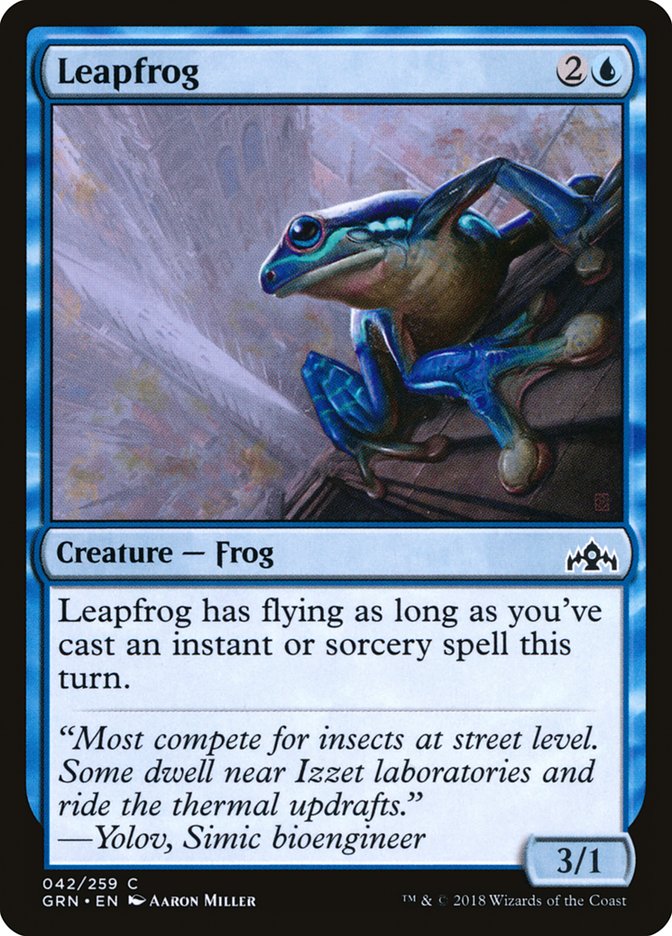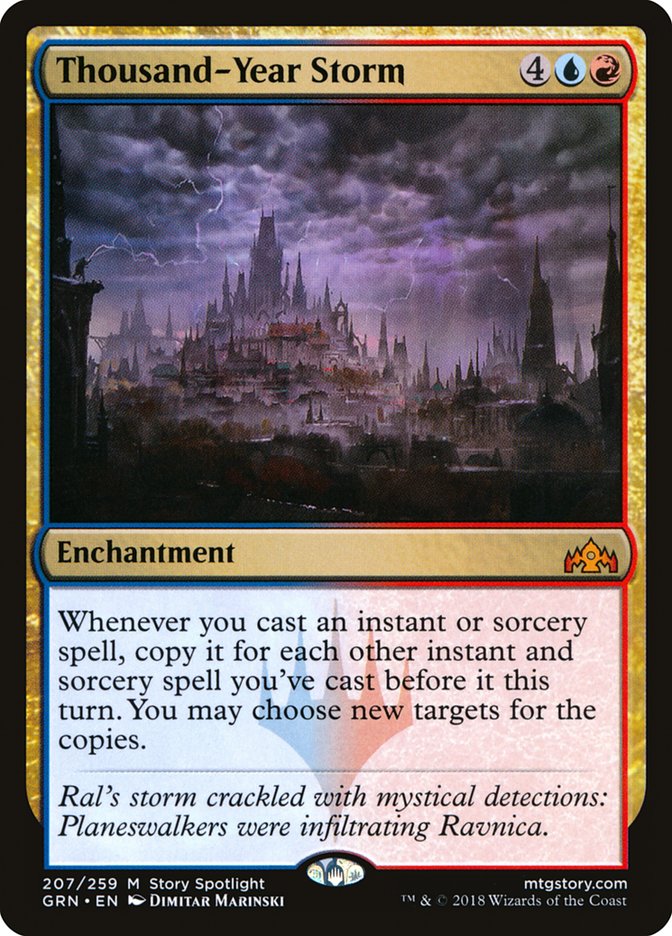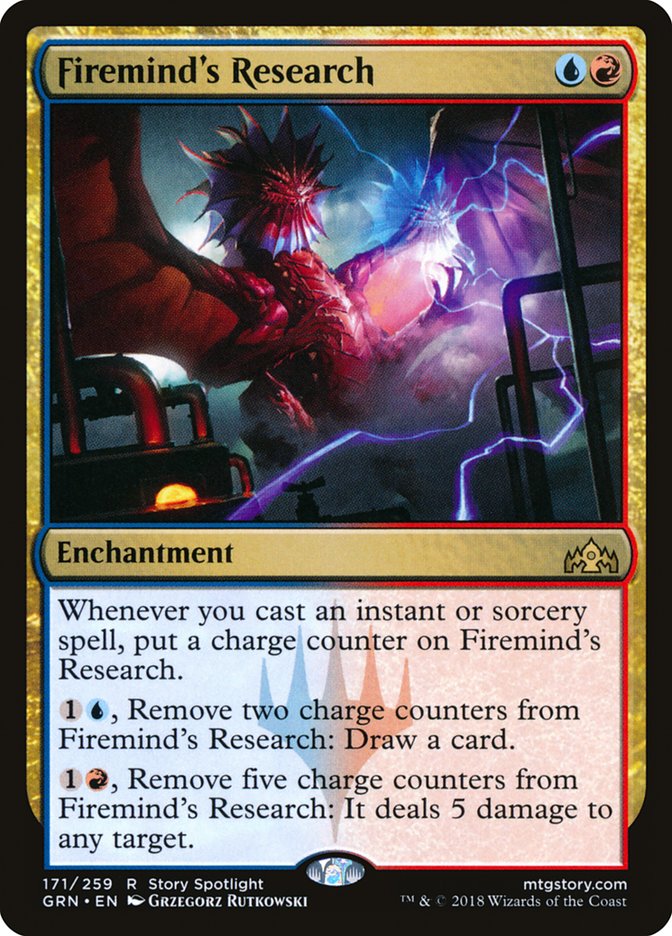Did you watch Grand Prix Montreal this past weekend? Were you as blown away
as I was with how the finals ended?
That’s right, Gravitic Punch dealt those last points of damage. I don’t
think Gravitic Punch is very good, and it only makes the most aggressive of
my Izzet decks, but there’s a reason that the card can be a solid
inclusion. And that reason is actually a key observation on the Izzet
archetype as a whole in Guilds of Ravnica.
What do the following cards have in common?
They all can deal damage directly to the face. Seriously, pairing Maximize
Altitude and Piston-Fist Cyclops is ten damage upstairs. After that, you’re
just a couple Sonic Assaults away from finishing them off. Cards like
Direct Current, Inescapable Blaze, and Sonic Assault provide inevitability
to your aggressive decks. Sure, your opponent may have been able to handle
the early onslaught and stabilize, but if they’re not at a high life total,
they must kill you quickly because eventually you’ll draw the burn spell to
finish them off.
This doesn’t mean every Izzet deck is aggressive, but it does mean that the
majority of Izzet decks are capable of dealing quite a bit of damage out of
nowhere, especially with cards like Wee Dragonauts.
Today, I’m going to walk you through the ins and outs of the Izzet
archetype in Guilds of Ravnica Limited. The different ways you can
build your decks, the common play patterns, the important cards, and more.
But before we get down and dirty, it’s important to review the subset of
commons and uncommons that often are a part of this archetype. So, take a
minute to review the cards shown below. The list is not necessarily
exhaustive but should provide a good starting point to digest the
archetype. And the role of these cards will change depending on the
architecture of your deck, but more on that later!
Key cards are those that play important/specific roles in the
archetype. You want to draft a deck that maximizes their potency. Good
cards are simply cards you play because of high card quality while
filler cards are those that can make your deck, but shouldn’t pull you
towards Izzet.
Key Commons
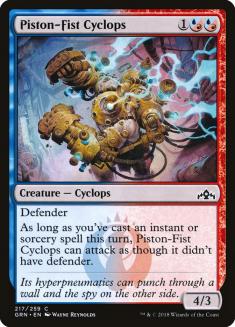
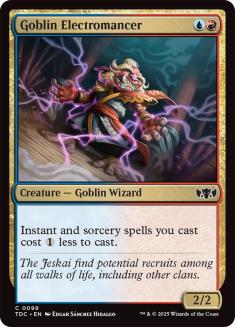
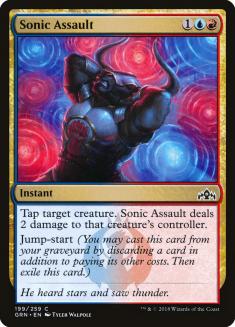

Good Commons
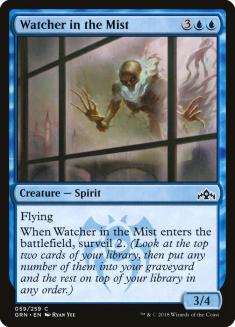
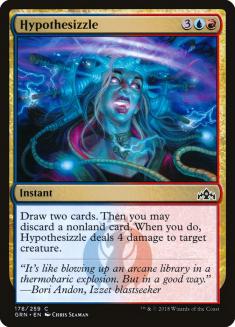
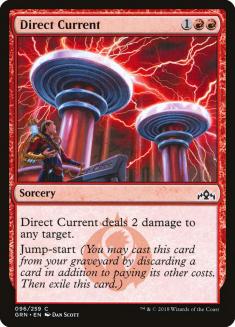
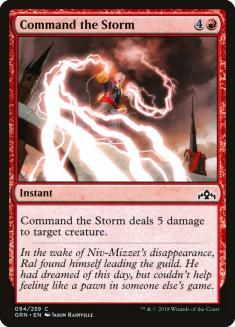
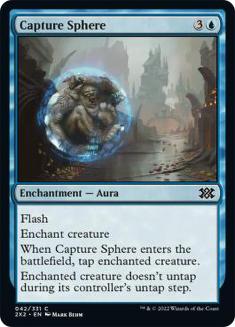

Note: While Capture Sphere is a good card, it doesn’t always make your
Izzet deck. If you have an abundance of instant/sorcery synergies and
enough interaction, it’s a card you can delegate to the sideboard. In
fact, I think the best versions of Izzet don’t play the card.
Filler Commons
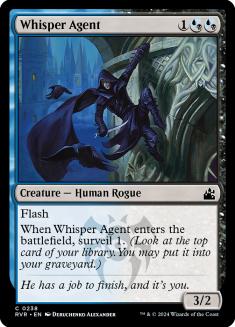
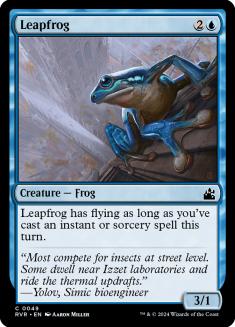
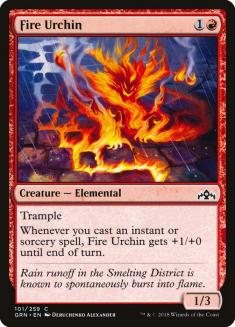
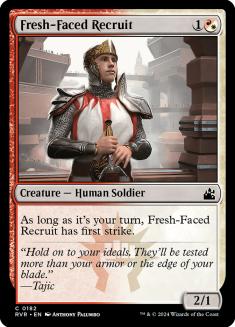
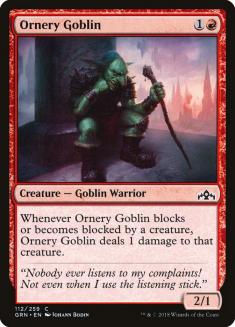
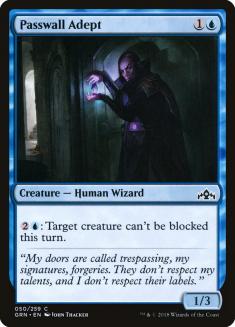
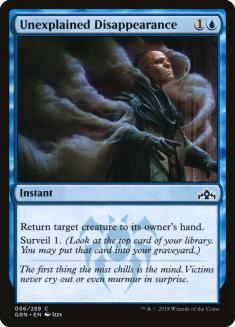
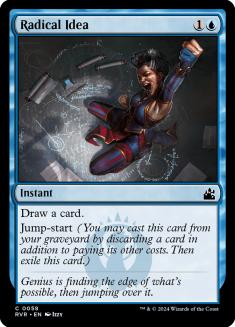
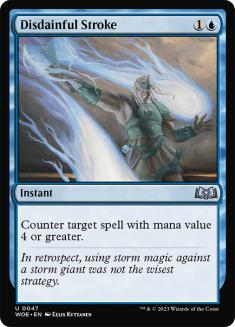
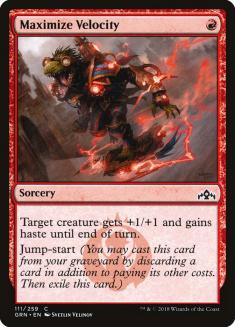
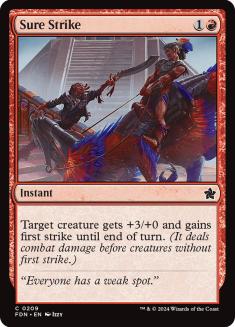
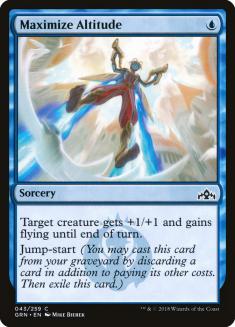
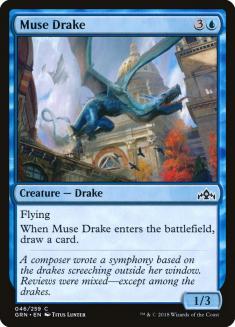
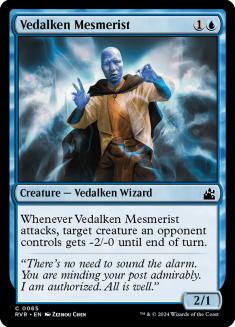
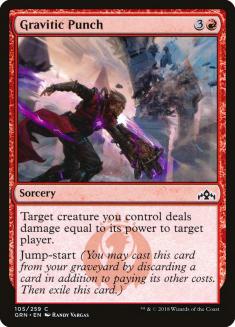

Key Uncommons
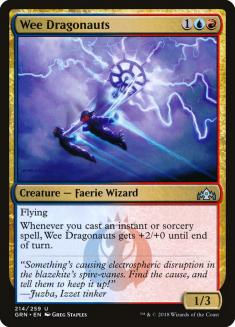

Good Uncommons
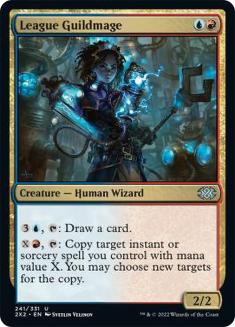
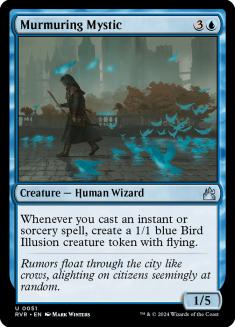
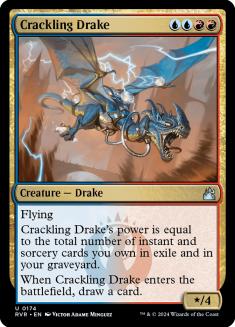
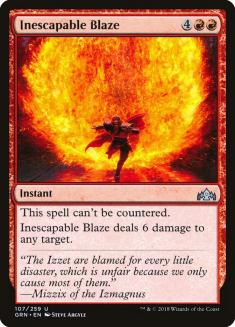
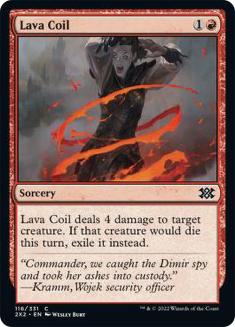
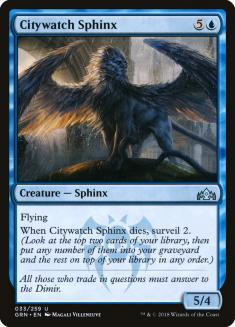

Filler Uncommons
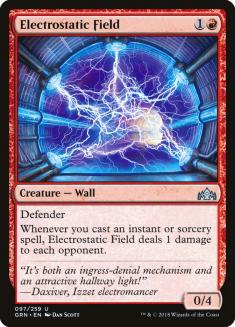

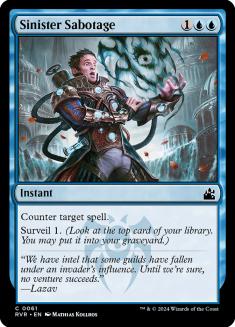
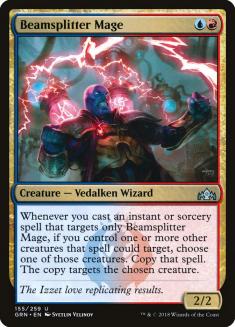
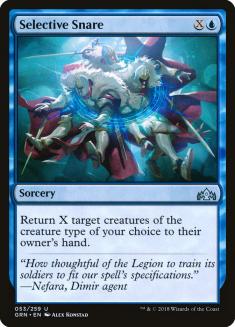
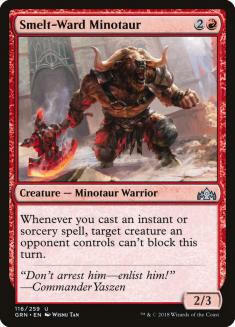
Common Splashes
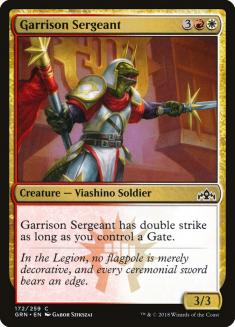
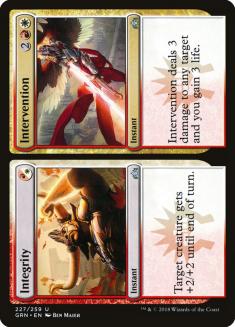
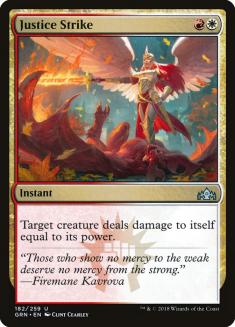
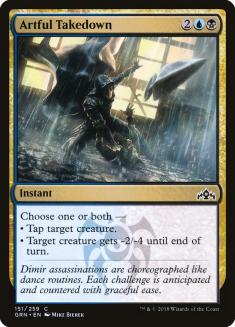

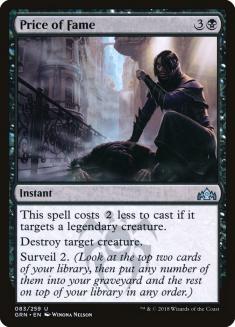

A couple notes on these splashes:
-
I’m more inclined to try and splash a Boros card because it’s
easier to get Boros Guildgate than it is to get Dimir Guildgate. -
Garrison Sergeant may look like an odd splash, but the card deals
sixteen damage with Maximize Altitude and is very potent with Sonic
Assault as well. So, if I happen to be in a deck that wants to play
those cards and can facilitate a Boros splash, I consider playing
this card.
Hopefully that wasn’t too much to digest because now comes the real meat of
the guide: decklists. Jumping right into it, here’s the first Izzet deck I
3-0’d with in a Competitive Draft League on Magic Online:
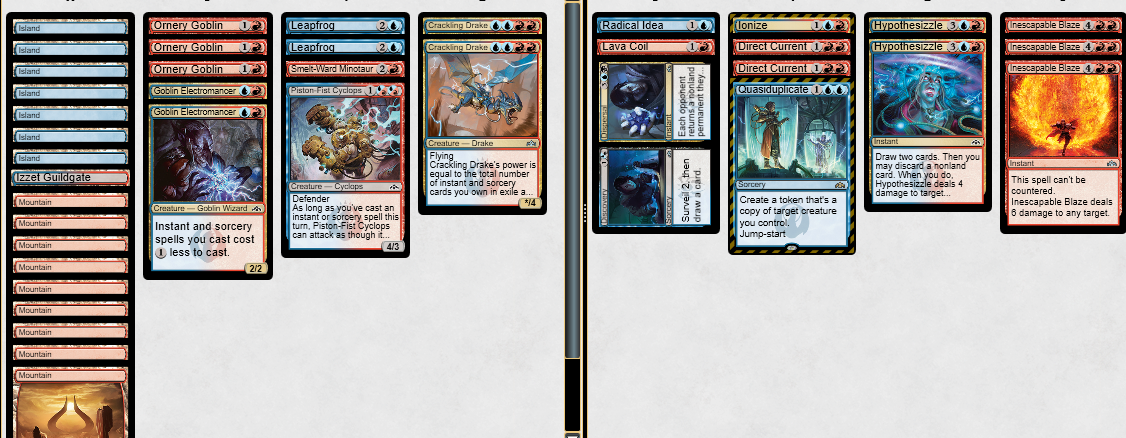
While this deck has plenty of synergy cards, it’s mostly just a pile of
high-quality cards. Crackling Drake is an above rate creature with tacked
on card advantage. The deck has a good curve, good removal, and solid
rares. An advantage that the Izzet archetype has in Guilds of Ravnica Limited is that the card quality in both red and
blue is quite high across the board. That said, this deck also does take
advantage of the spell synergies.
Three copies of Inescapable Blaze is a lot, but with multiple copies of
Goblin Electromancer, I think it’s reasonable to include all of them.
Additionally, because Hypothesizzle requires you to discard a spell, you do
hit six lands frequently. Speaking of which, six lands is the sweet spot
for the archetype.
In the Izzet archetype, you often want to hold your lands to utilize for
jump-start spells since casting more spells than your opponent is one of
the best routes to victory in Limited. Because many of these spells are
three mana, the sixth land enables casting them twice in a turn, which is
very powerful. I’ve found maximizing resources to be a key to success with
Izzet, so don’t just blindly play your lands. The decision to play the
fifth or sixth land can be a crucial one and unless you have a lot of cards
in hand or a deck full of card draw spells, I think it’s often better to
hold the seventh land.
This should be kept in mind even when building a controlling deck. So even
in my Izzet decks that are really trying to go for the lategame, I think
it’s important to build them to function well on less lands to get the most
out of there jump-start spells. Let’s take a look at one of the successful
Izzet control decks I’ve had in the format.
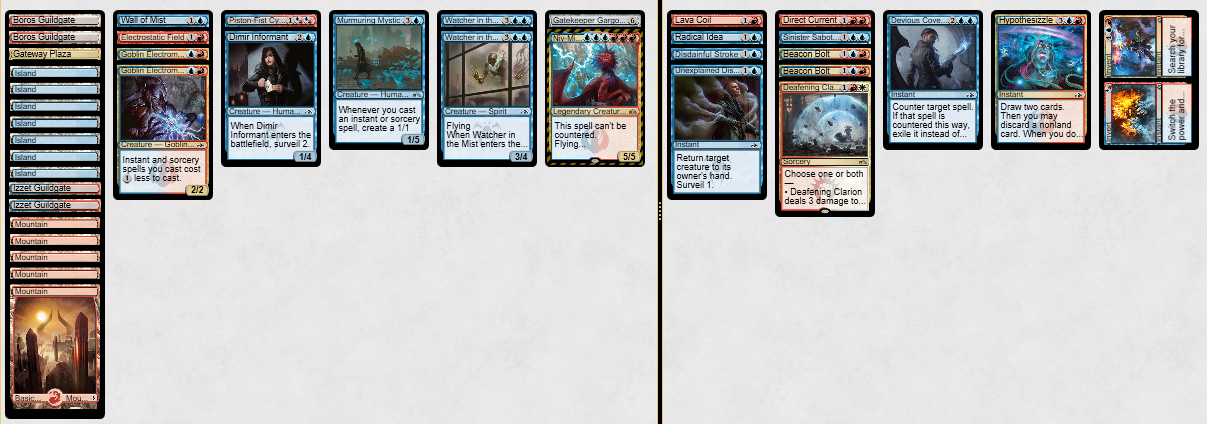
As you can see, this avenue of Izzet is much less focused on the creature
curve, but outside of that, there isn’t much difference. Sure, there are
more counterspells in this version of the deck, but I do think the previous
deck would happily add a card like Disdainful Stroke. These are the two
ways to take Izzet if your only focus is on card quality.
One important thing to note in regard to the more controlling Izzet decks
is that they really need creatures that can win the game on their own. This
is because these decks can only afford to play so many creatures. And some
of these creatures are Goblin Electromancer and cards like Dimir
Infiltrator to stop early aggression. The problem with this is that it’s
feasible for your opponent to just kill all your win conditions. So, cards
like Murmuring Mystic that can take over the game all by themselves are of
the highest priority. Furthermore, playing the game in such a way to
prevent running yourself out of threats is something to keep in mind. But
one of the things that makes the Izzet archetype so great in Guilds of Ravnica Limited is that it’s not always about card
quality. The midrange and controlling variants will focus on card quality,
but there are a lot of cards that are card disadvantage yet have a home in
Izzet.
I’ve saved the best for last: Izzet aggro. And I really mean best, as I
think the aggressive orientation of Izzet is the best deck in the format.
The important thing to note about the existence of this archetype is it’s
where card evaluations from the prior list drastically change. Sonic
Assault, Wee Dragonauts, Beamsplitter Mage, and Smelt-Ward Minotaur are all
solid potential inclusions in any Izzet deck, but in the aggressive
version, they’re extremely potent. I’ve had a turn-5 kill already just off
the back of Wee Dragonauts. And as I mentioned at the beginning of this
article, Izzet Aggro plays the lategame well thanks to all of the reach it
has access to.
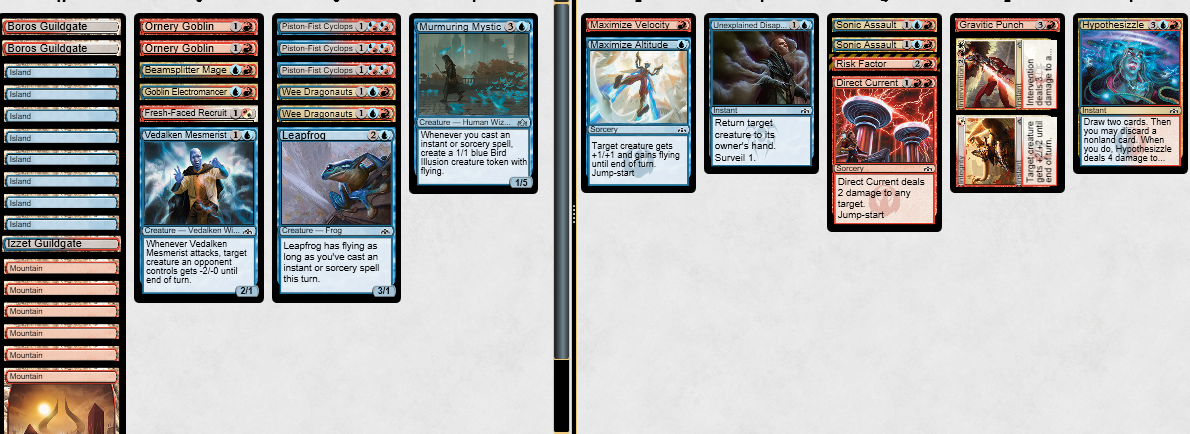
The key to success with Izzet Aggro is getting a creature on the
battlefield. That probably sounds obvious, but it’s a bit trickier than you
would think. To maximize all the synergies in the Izzet archetype, you need
to have a density of spells. And spells don’t affect the battlefield in the
same way a creature does. If you’re going to win a game of Magic playing a
deck like this, it’s crucial that you don’t have too many creatures with
high converted mana cost. Save that for your spells like Hypothesizzle.
Your goal is to curve out and then never let your opponent block. Since you
can’t really play more than fourteen creatures, and I think the best
versions of the archetype play closer to twelve, there’s only room for
about three creatures above three converted mana cost if you want around a
95% chance of playing a creature by turn 3.
Luckily, there’s an abundance of early creatures in the Izzet color
combination. Because of this, they don’t need to be such a high priority in
the draft. The only two creatures at common that you need to prioritize are
Piston-Fist Cyclops and Goblin Electromancer, with the Cyclops being more
important. It’s also important to note that Leapfrog can play a fairly
reasonable Cyclops impression but is substantially worse. One point of
toughness is very fragile and the loss of power isn’t worth the addition of
flying when you’re trying to play cards like Gravitic Punch.
Outside of your creatures, almost every card in your deck should be there
for dealing damage. Maximize Altitude can jump a Cyclops for two turns to
deal ten damage. Maximize Velocity can let you attack with Wee Dragonauts
out of nowhere. Both Direct Current and Sonic Assault can remove blockers
and deal damage to the face. All these cards add up to a pretty linear
plan: count down from twenty. And sometimes you can do it in a way that
just feels hopeless for your opponent. When you curve two-drop into
three-drop and are looking at a Sonic Assault in hand, your opponent isn’t
going to win the game by playing blockers, which is the most common way to
handle aggression in Limited. In recent years, we haven’t seen anything
close to the amount of reach that these Izzet decks have, and it really
adds up to something spectacular. Just make sure not to overload on the
card disadvantageous versions of these effects. Maximize Altitude can be
very good, but drawing too many cards like that is one way to run you out
of resources.
To finish this guide off, there are some crazy and fun build-around rares
that can work should you get the proper version. So, if you see them and
want to have some fun, you should know what to prioritize.
You can’t throw these cards in every Izzet deck, but they’re very powerful
if you can get the proper shell. For both, the two commons that you really
want to get in multiples are Goblin Electromancer and Radical Idea. It
takes casting a lot of spells to really get each of these enchantments
working. Electromancer makes that much easier to do and Radical Idea
ensures that you can keep the chains rolling.
The other card to keep in mind when drafting a deck that utilizes these
cards is Devious Cover-Up. This counterspell plays a very important role in
this format: if you draft two, you can loop them to not deck yourself.
Additionally, as these decks often have so much card draw, putting four
spells back in your deck really keeps the ball rolling to make sure you
have more to do than your opponent.
Here’s what a good deck with both enchantments would look like:
